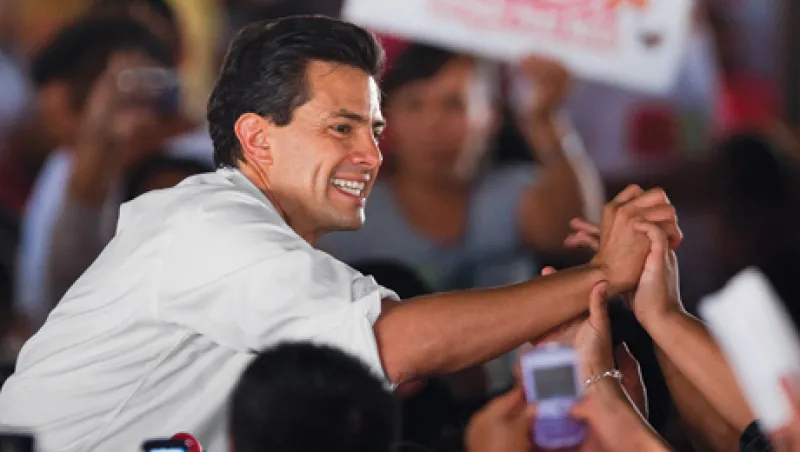
Back to the Future for Mexico
Youthful presidential candidate Enrique Peña Nieto appears set to lead the once-dominant PRI back to power. Can the party spark a similar turnaround in Mexico’s fortunes?
Jonathan Kandell
June 13, 2012


